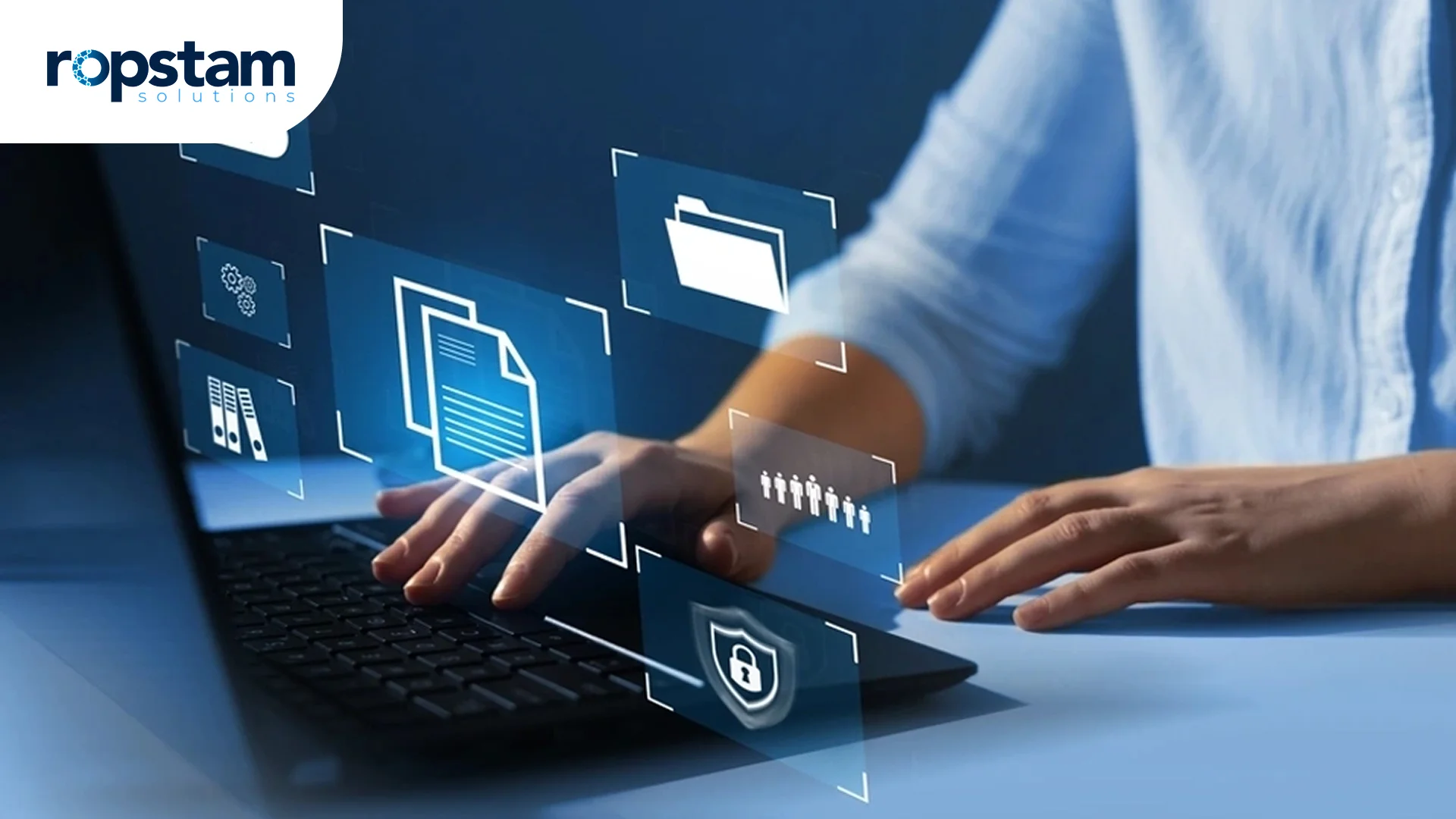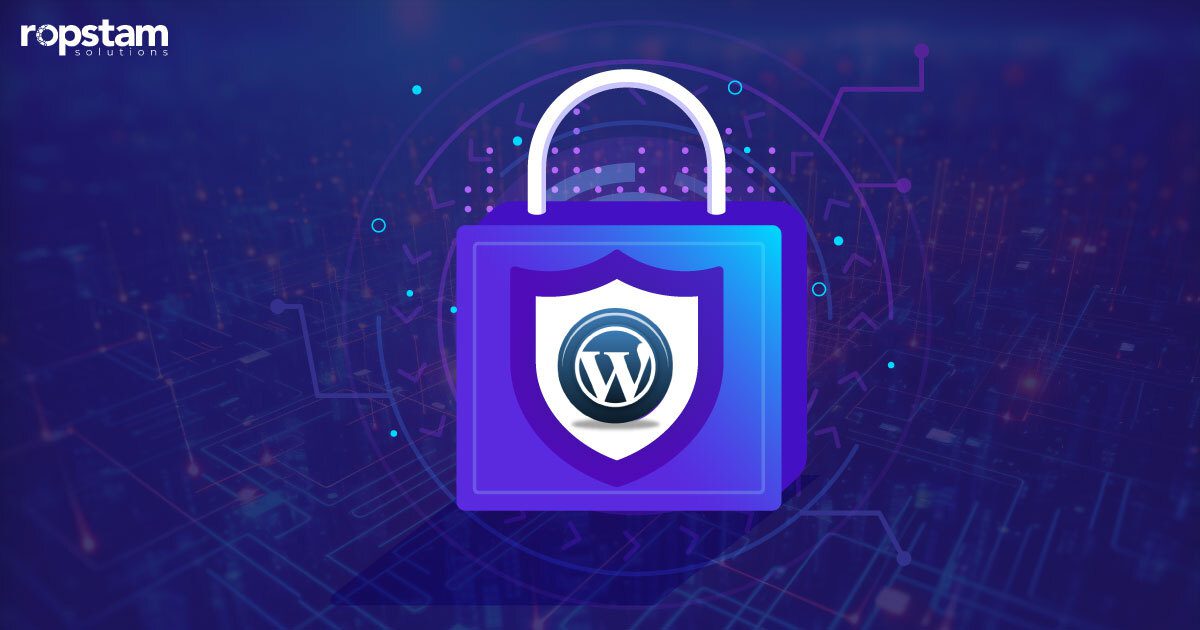As your business continues to grow, there comes a time when the application fails to keep up with the rigorous demands. This is the right time to start thinking about the approaches for application modernization.
But as a business owner, there are various questions you might encounter at this point. Will your business flourish with the new modernization approach? Which software development company or developers should you choose for this application modernization process?
To answer all these questions and delve into the details of application modernization, this blog will cover the topic comprehensively. So, without further ado, let’s get started!
What is Application Modernization?
Application modernization is the process of updating and upgrading existing legacy applications to make them more efficient, scalable, and aligned with current business needs. This process involves transforming monolithic systems into more flexible microservices architectures, enhancing user interfaces (UIs), and integrating modern technologies like cloud services and continuous integration/continuous deployment (CI/CD) pipelines.
By modernizing applications, your business can improve performance, reduce costs, and enhance security. This means you can stay ahead of your competitors in the ever-crowded digital marketplace.
Why Does Application Modernization Matter?
Here, we will delineate some of the key advantages of application modernization:
1. Staying Competitive
In today’s fast-paced market, legacy systems can hinder a business’s ability to adapt and innovate. What application modernization does is ensure that your applications are equipped with the latest features and technologies, helping you stay competitive.
2. Enhancing User Experience
Modernizing the UI not only makes the application more interactive, appealing, and user-friendly but also improves loading times and functionality. This leads to a better user experience, which is crucial for retaining and attracting customers.
3. Boosting Efficiency
By automating processes and reducing manual tasks, application modernization can significantly increase productivity and efficiency. This can lead to cost savings and better resource utilization, making your business more agile.
4. Ensuring Scalability and Security
Modernized applications are designed to be more scalable, allowing you to handle increased demand without compromising performance. Additionally, they are more secure, protecting sensitive data and ensuring compliance with industry standards.
5. Cost Control
While the initial costs of modernization can be high, the long-term benefits, such as reduced maintenance and support costs, can lead to significant financial savings. Recent studies show that Modernization can also boost revenue by up to 14% and reduce costs by 13%.
6. Agility and Flexibility
Modernized applications are more adaptable, allowing you to quickly respond to changing market conditions and customer needs. This agility plays its part in enhancing the efficiency and increasing revenue of your business.
Top Strategies for Application Modernization
- Application Reengineering
- Application Architecting
- Application Rehosting
- Application Refactoring
- Application Retiring
1. Application Reengineering
Application reengineering involves completely rebuilding an application to improve its architecture, performance, and maintainability. This approach is suitable for applications with significant technical debt or those that are no longer meeting business requirements.
Reengineering allows you to incorporate modern design patterns, such as microservices, and leverage the latest technologies. It can lead to substantial improvements in performance and scalability, but it is also the most resource-intensive and time-consuming strategy. Thorough planning and a clear understanding of the application’s current state are essential to ensure a successful reengineering project.
2. Application Architecting
Application architecting focuses on redesigning the application’s architecture to make it more modular and flexible. This often involves breaking down monolithic applications into microservices, which can be developed, deployed, and scaled independently.
By adopting a microservices architecture, you can improve the application’s resilience, enhance its ability to handle load and enable continuous integration and deployment (CI/CD) practices. This strategy is particularly useful for large, complex applications that need to be more agile and responsive to changing business needs.
3. Application Rehosting
Application rehosting, also known as “lift and shift,” involves moving an application to a new infrastructure, typically a cloud environment, without making significant changes to its code or architecture. This strategy is the least disruptive and can be a quick way to take advantage of cloud benefits, such as scalability, cost savings, and improved reliability.
It is pertinent to note, however, that rehosting may not address underlying performance or architectural issues, and it may not fully leverage the cloud’s advanced features. It is a good starting point for organizations looking to migrate to the cloud with minimal initial investment.
4. Application Refactoring
Application refactoring involves making incremental changes to the application’s code to improve its structure and performance without altering its external behavior. This strategy is useful for applications that are still functional but have become difficult to maintain or scale.
This strategy encapsulates optimizing code, removing technical debt, and improving code readability. By gradually refactoring an application, you can enhance its maintainability and extend its lifespan without the need for a complete rebuild. This approach is often combined with other modernization strategies to achieve a more comprehensive transformation.
5. Application Retiring
Application retiring involves decommissioning legacy applications that are no longer necessary or cost-effective to maintain. This strategy is particularly relevant for applications that have been replaced by newer, more efficient solutions or that serve a redundant purpose.
Retiring applications can reduce maintenance costs, simplify the IT environment, and free up resources for more critical projects. However, it is essential to ensure that all necessary data and functionality are transferred or replicated in other systems before retiring an application. What’s needed in this approach is proper planning and communication with stakeholders to ensure a smooth retirement process.
Summary
Application modernization is a crucial approach to ensure your business’ scalability and continued innovation. With the growing demands of clients and the market, your application must adapt to the changes—this is where application modernization becomes pertinent. By updating legacy applications, you can improve performance, enhance user experience, and reduce costs.
Modernization strategies include reengineering, architecting, rehosting, refactoring, and retiring applications. Each strategy offers unique benefits, from complete rebuilds to incremental improvements and cloud migrations. This process not only future-proofs your applications but also ensures they remain competitive and aligned with current technological advancements. With the right approach, application modernization can transform your business, making it more agile, efficient, and secure.













